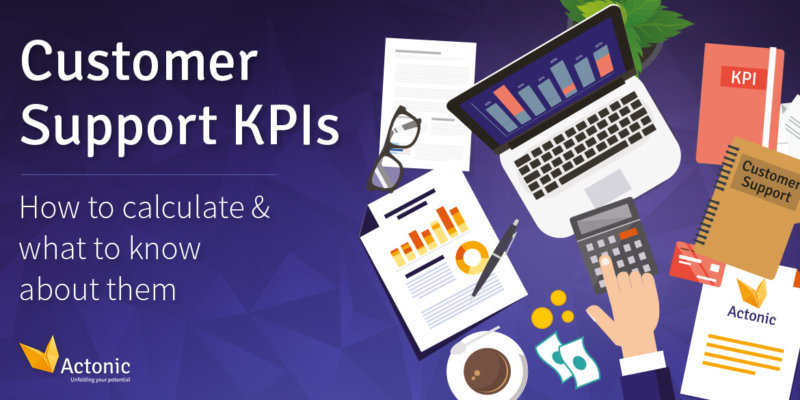SLAs (Service Level Agreements)
Part of customer support are customer support agreements, called Service Level Agreements (SLAs). Tracking those contracted key metrics is essential for the success of customer support teams. Existing contracts could need an update and tracked numbers and successes give a hint on how future contracts should look like. By checking your customer support SLAs you will find out if agreements with your customers have been met.
Some SLA reports are already in system like Jira Service Management by default. You can create SLA reports to see how well your team performs per request type. For example: You may find your team speeding up on responding to customer requests initially, but slowing down on resolving these issues.
SLA reports could track the progress of contracted key figures, for example:
- Respond to all requests within 2 hours
- Resolve high-priority requests within 24 hours
Cost per Ticket
Another IT metric, which could be relevant, is the calculation of your cost per ticket. You’re looking at operating costs of your service desk team as well as the workload and customer satisfaction. By doing so, you can decide whether your customer support is profitable.
Number of created & solved tickets
By having a look at the number of tickets created vs. number of tickets solved and their content, you will be aware of, on the one hand, your team’s workload and capacity needs. On the other hand you will get more insights into your customer’s requests by looking at the ticket’s content. When realizing a huge gap between submitted and solved tickets, you could have a look into your teams efficiency and resources and how to improve it.
First Reply Time
Many customer support teams commit to SLAs (Service Level Agreements) with customers, where they define response/reply times. The elapsed time after ticket submission until a support representative is commenting for the first time is called First Reply Time. By optimizing your First Reply Time you will be able to optimize your customer satisfaction, because it’s quickly visible to customers that they are being heard. The solution itself or the quality of the first reply is not relevant at this point.
First Response Time
To react to incoming requests is only half of the deal. But to provide solutions in customer support is the main goal. By calculating and monitoring your First Response Time, you will be able to find out how quick customer support representatives react to submissions and take care of them. The elapsed time until the First Response will be, for example due to a status change to “In the making”.







 Gain hands-on insights from live webinars
Gain hands-on insights from live webinars